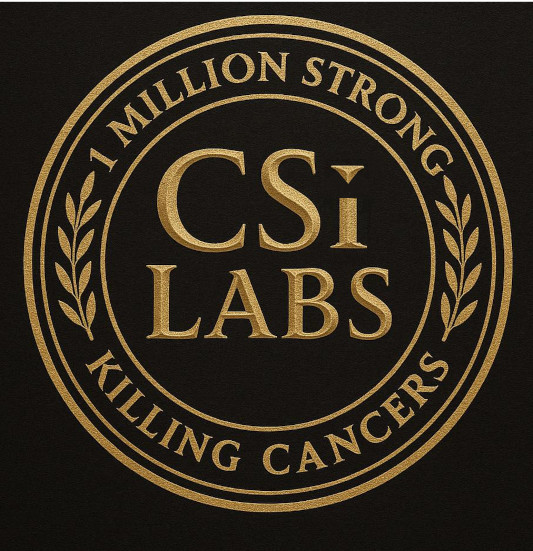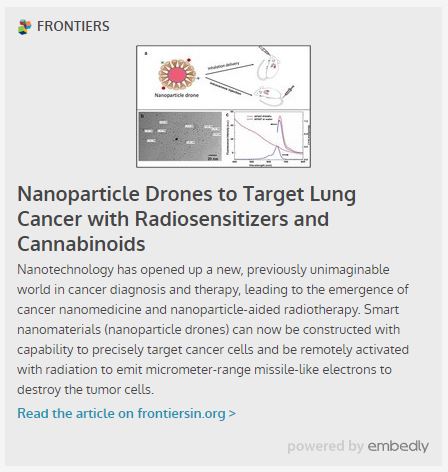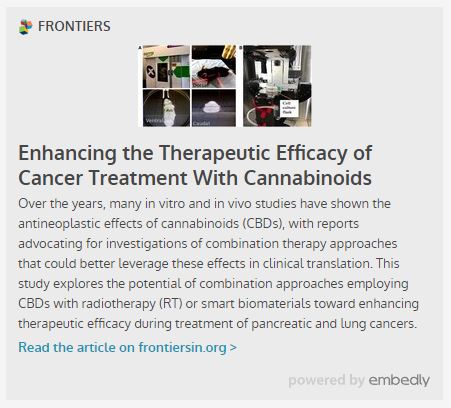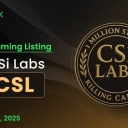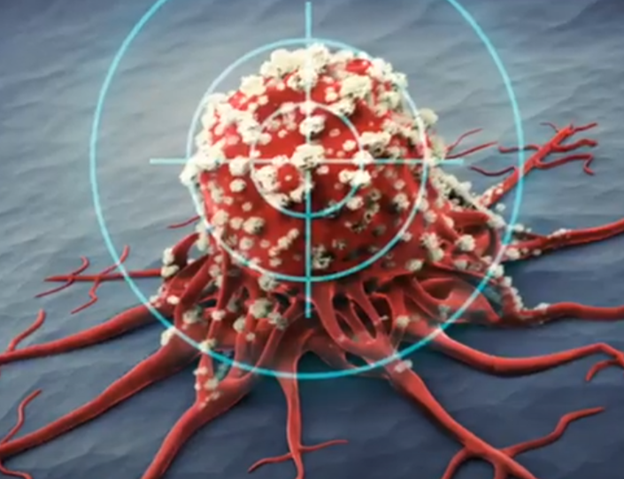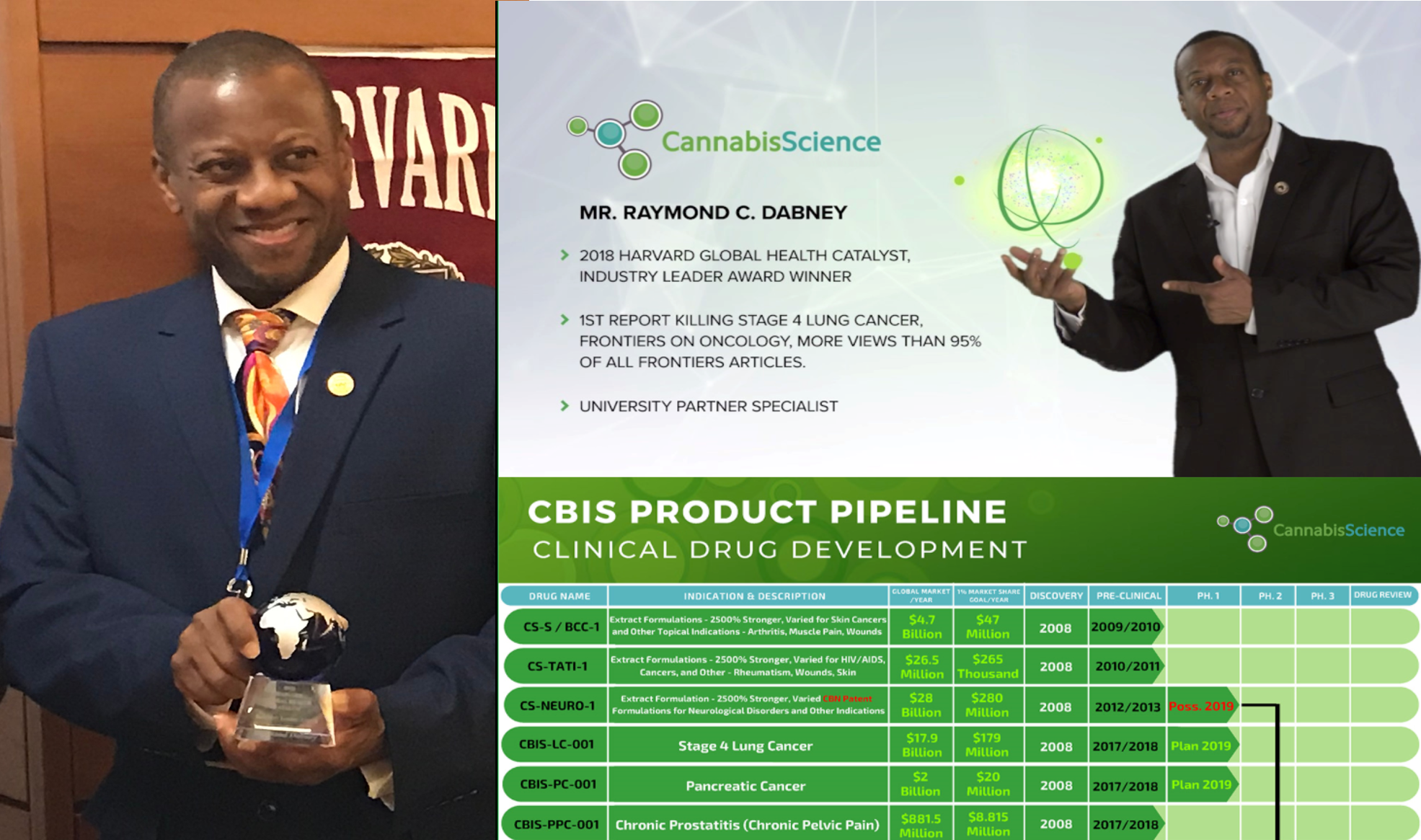-
DIsease Description
Chronic Pain is a very broad medical disorder comprised of many different pain syndromes and underlying reasons for the symptoms[1]. Pain is influenced by many different elements other than physical neural inputs including the brain, emotional and social factors. As a result acute pain differs from chronic pain and cancer related pain differs from non-malignant pain, making comparison between these different groups important when determining what treatment to use[2].
The International Association for the Study of Pain defines chronic pain as pain persisting beyond the normal tissue healing time (3 - 6 months) [3]. Chronic pain is associated with an abnormal neuron responsiveness or increased gain of nerve pathways to the brain, as well as with alterations in the brains interpretation of the signals[2].
In this group we are specifically referring to chronic pain that is not a result of cancer.
Disease Prevelance
The prevalence of non-specific chronic pain in the general population is reported to be as high as 55%[4,5].
Current Treatment Options
Chronic pain remains a very task for today's doctors due to a lack of effective treatments. Controversially opioids have been and continue to be regularly prescribed in chronic pain treatment. There are very serious concerns about their long-term effectiveness and the major issue of addiction [6]. Evidence suggests that in some patients long term opioid exposure may actually worsen a patients pain[2].
Evidence for and Proposed Mechanism of Action of Cannabinoid Therapeutics
In a study in Spain, the evidence that pain states alter the endocannabinoid receptor system at key sites involved in pain processing is discussed, and how the changes may inform the development of cannabinoid-based analgesics. According to this study, "cannabinoid ligands produce well documented analgesic effects mediated by the CB1 and CB2 receptors; however, other receptor systems may also contribute, in particular in inflammatory and neuropathic pain states. The emerging evidence that the levels of cannabinoid receptors, their ligands and biologically active metabolites are altered in a tissue-specific manner under pathological conditions, such as chronic pain states, may support a more targeted approach to the development of cannabinoid-based analgesics."[8]
There has been a lot of encouraging research surrounding the issue of cannabinoid treatments for chronic pain. Animal studies using either acute or chronic pain models have demonstrated significant pain relieving effects of Cannabinoids. However, the role of CBs in human analgesia or antihyperalgesia is less well documented [7].
In a systematic review by De Vries et a. it was stated that, "The introduction of CB (cannabinoid) medicines offers an interesting alternative approach in the area of chronic pain management, particularly for cases in which currently available pharmacological treatments are not sufficient. Scientific literature on clinical research regarding medicinal CBs lags far behind the extensive anecdotal experiences of both patients and their physicians. The majority of clinical trials in patients with chronic non-malignant pain summarized in this review reported improvement in pain scores in favor of products containing dronabinol."[2] 1. Beaulieu P, Ware M. Reassessment of the role of cannabinoids in the management of pain. Curr Opin Anaesthesiol 2007;20(5):473-7
2. de Vries et al. Dronabinol and chronic pain: importance of mechanistic considerations. Expert Opin. Pharmacother. (2014) 15(11):1525-1534
3. Merskey H, Bogduk N. Classification of chronic pain: descriptions of chronic pain syndromes and definitions of pain terms. 2013. International Association for the Study of Pain (IASP), Task Force on Taxonomy, Seattle 1994
4. Andersson HI, Ejlertsson G, Leden I, Rosenberg C. Chronic pain in a geographically defined general population: studies of differences in age, gender, social class, and pain localization. Clin J Pain. 1993;9(3):174-82.
5. Elliott AM, Smith BH, Penny KI, Smith WC, Chambers WA. The epidemiology of chronic pain in the community. Lancet. 1999 Oct; 354(9186):1248-52.
6. Noble M, Tregear SJ, Treadwell JR, Schoelles K. Long-term opioid therapy for chronic noncancer pain: a systematic review and meta-analysis of efficacy and safety. J Pain Symptom Manage 2008;35(2):214-28
7. Karst M, Wippermann S, Ahrens J. Role of cannabinoids in the treatment of pain and (painful) spasticity. Drugs 2010;70(18):2409-38
8. Sagar, Devi Rani et al. “Dynamic Regulation of the Endocannabinoid System: Implications for Analgesia.” Molecular Pain 5 (2009): 59. PMC. Web. 20 Nov. 2014.
-
Category
Critical Ailments -
Created
Thursday, 16 March 2017 -
Group admin
CBIS
American States University
June 1, 2025, Pre-Launch Success! Click the below Image link to setup your Account and begin your Crypto Journey with us. All Crypto Coin Buyers receive a Limited Time Pre-Launch offer! The Time is Now.
1-Million Strong Killing Cancers!
Click the Below Image to Review our Cancer Drug Comparables
*** Warning this document contains graphic images.
CSi-VIP Awards & NASDAQ Updates
Please Click the Below Image:
1st HARVARD Award Winning
Stage 4 Lung Cancer Killing Article:
*** Please click image below.
2nd HARVARD Award Winning
Stage 4 Lung Cancer Killing Article:
*** Please click image below.
*** PLUS
(3) other Cannabis Science
REAL WORLD Successes:
Stage 4 Breast Cancer
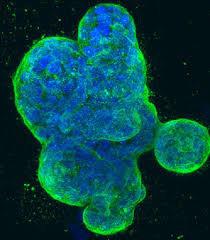
Skin Cancer
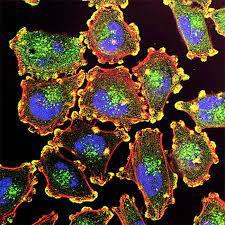
Karposis Sarcoma

The ASU Digital Business HUB will be used as the main business student learning center. GBXI will be the main pivot point to spin out trading shares of all our Partner Public and Private Companies such as Cannabis Science, iCannabinoid, Thermic Science, LNC, LMG, and a few more old and new school surprises for our loyal shareholders. No one will be missed! A true Digital Business HUB for students, just as planned all along.
Each spinout company will give our GBXI registered shareholders additional pro-rata shares in each spinout company over and above their original shares in each entity. This provides the required shareholder base for each company required to trade and gives additional shares to all our loyal GBXI shareholders.
We call this “Compounding our Wealth” through extra spinout share participation for all our loyal GBXI shareholders. Each registered GBXI shareholder will receive additional shares of each spinout Company over and above their original shares to enjoy additional liquidity as each company begins to trade through the GBXI Digital Business HUB spinout process.
Click here to review the Report:
Case No. 2:17-CV-02271-KJM-JDP
Inspire, Dream, Change
YOUR DIGITAL ERA Personal & Business Access Learning HUB
CSi-VIP & CBIS-Shareholder Legacy
Above ANNOUNCEMENT: December 31, 2025, Cannabis Science Inc., Shareholder Close-out.
Pease Click the above Calendar image to book your time to speak with Mr. Dabney about "Your Final CSi-VIP Shareholder Legacy".
Cannabis Science Financials & FINAL CBIS/CSi-VIP Share Numbers. Click the above Image link to view the latest Report.
November 5, 2025
Cannabis Science Shareholder FINAL Audit Confirmations
Click the above Image link to view the latest Report
September 23, 2025
Cannabis Science Shareholder Audit Confirmations Underway now!
Click the above Image link to view the latest Report.
July 7, 2025
Click the above Image link to view the latest cancer Killing promotional video. This is where you can join our 1-Million Strong youtube page to view more videos as we proceed forward.
June 1, 2025, Pre-Launch Success
Click the above Image link to setup your Account and begin your Crypto Journey with us. All Crypto Coin Buyers receive a Limited Time offer!
Click the ABOVE Image to Review our 1-Million Strong FC, Media Kit
*** Warning this document contains exciting images.
Click the above Image to become one of the First 1-Million Strong Killing Cancers, Fight Club Members to help 'Make that Change' Join in Now! *** Warning this Membership contains Exciting Results.
PS ... ALL of our CSi-VIP's and those who Donated through the ASU/CSi-EDP GO-Fund-Me Promotion you do not need to purchase anything, you are ALREADY included in the "First" 1-Million Membership Club, CONGRATULATIONS !!!
Cannabis Science CEO, Presents …
The FINAL “CBIS GIFT Shares” Issuances!
DECEMBER 2024, Cheers! & HAPPY HOLIDAYS !!!
ALL GIFT Shares 1, 2, & 3 being ISSUED !!!
LAST Steps:
Please confirm Yours NOW !!!
1. CONFIRM Correct Total Share Amount(s)
2. CONFIRM Correct Name(s) on CERTIFICATE
3. CONFIRM Correct Mailing Address
ASU/CSi-EDP-ECO-System
At it's FINEST !!!
WHICH ONE ARE YOU ??
Those who, MAKE things happen.
Those who WATCH things happen.
Those who WONDER what the ... HAPPENED ???
We can make this HAPPEN way FASTER Working as a TEAM !!!
WHAT Matters is how much you CARE about KILLING CANCERS ...
This is it ... We are ALL Here ... Now ... with a Bunch of Celebrities going on TV Worldwide to Start raising $20 Million to Keep Killing Cancers.

2025 Audit considerations NASDAQ.
Cannabis Science Inc.
Share Structure 2025
Par Value: $0.001 USD
Last Price: $0.00647 USD
OTC Markets.
Common Stock:
Authorized:
5,000,000,000
Issued:
2,839,095,296
Fully Diluted:
4,510,547,648
Class A Common Stock
Authorized:
100,000,000
Issued:
0
Class B Common Stock
Authorized:
1,500,000,000
Issued:
0
Preferred Stock
Authorized:
1,000,000
Issued:
1,000,000
Sign up for a FREE Assessment to JOIN the UNIVERSITY Team or any ASU/CSi-EDP Team for whatever your AREA of Expertise is … then say no more… you already know.
You already know our Extensive LIST of GROUNDBREAKING Products.
1-Million STRONG TV Coverage, HARVARD Award Success.
TAKE YOUR PICK AND BECOME A PART OF HISTORICAL CHANGE
*** APPLY for FREE in CONFIDENCE and Success.
Each Product launch WE RELEASE will include Equity Participation according to standard salaries and share bonus structures.
EVERYONE sign up to add your STRENGTHS to OUR COMBINED SUCCESS and lets MAKE THIS HAPPEN NOW !!!
Activity Stream
Anyone know what happened to Cannabis Science stock? Any update is greatly appreciated
- Report


Congratulations Guys! We are here at the FINISH LINE! December 31, 2025, the END of our Shareholder Confirmations! What a task!
Once again, now we...Congratulations Guys! We are here at the FINISH LINE! December 31, 2025, the END of our Shareholder Confirmations! What a task!
Once again, now we can focus on completing our financials, finish the remaining CSi-VIP Legacy Shareholder Reports, the CBIS Loyalty GIFT Share Reports, so we can begin our next Phase, the actual Audit.
Again, Thanks for your Support and your Patience as we go through these tedious levels of Reporting to bring our Shares back trading.
May God Bless us ALL.
Talk soon.
Raymond - IGWT
Show more

Once again, now we...Congratulations Guys! We are here at the FINISH LINE! December 31, 2025, the END of our Shareholder Confirmations! What a task!
Once again, now we can focus on completing our financials, finish the remaining CSi-VIP Legacy Shareholder Reports, the CBIS Loyalty GIFT Share Reports, so we can begin our next Phase, the actual Audit.
Again, Thanks for your Support and your Patience as we go through these tedious levels of Reporting to bring our Shares back trading.
May God Bless us ALL.
Talk soon.
Raymond - IGWT Show more 18 hours 3 minutes ago







